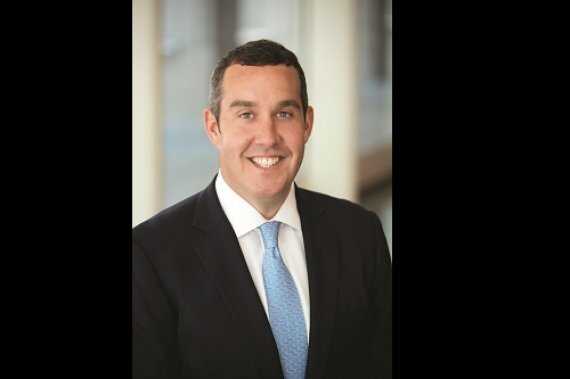
<p>No. 10: Daniel Rothenberg</p>
Firm: UBS
Location: Los Angeles, CA
Production: $4.08 million
AUM: $2.13 billion
Age: 32
The choppy markets of 2008 and 2009 taught UBS financial advisor Daniel Rothenberg an important lesson about client service: It's the only part of the business he can control. "Clients didn't expect us to know the market was going to go down 40%, but they did expect that we would work hard to help them solve a problem," Rothenberg says.
To that end, it was not unusual to find him in the office from 5:30 a.m. until late at night. He formed an advisory council of clients to explore how his practice could improve. Even now, with markets on a steadier course, "managing the service side of the business is more important to us than getting the exact right investment," he says.
Performance is still important, but Rothenberg has the benefit of clients who are generally oriented toward long-term outcomes. Based in Los Angeles, the 32-year-old advisor's AUM is primarily institutional retirement plans. "It's hard to ignore the headlines, but we're more focused on what will happen 10 or 15 years from now," he says. With his partner, Roger Stephens, he serves about 60 institutions and 60 individuals.
These days, a happier disruption is teaching Rothenberg new lessons—a two-year-old daughter at home and another child on the way. Becoming a father "has changed the way I view business," he says, and even affected how he schedules time. Now, he confesses, his workday might start at 6 a.m. instead of 5:30 am.
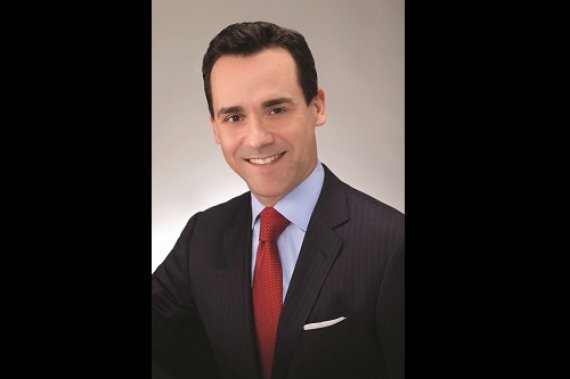
<p>No. 9: Brian Bova</p>
Firm: UBS
Location: Houston, TX
Production: $4.18 million
AUM: $582.61 million
Age: 39
Brian Bova didn't expect to become a wealth manager. After graduating from the University of Washington, he got his law degree from the University of Arizona. But then he did a pension fund internship that introduced him to the allure of the markets and joined Merrill Lynch's management training program. After joining UBS in 2003, he became especially knowledgeable about alternative investments.
Bova switched to advising clients just as the markets tanked six years ago. He joined three experienced advisors who were building a practice in Houston. It was perfect timing. "Modern portfolio strategy falls by the wayside in times of crisis," he notes. His experience with non-correlated assets classes became a critical asset.
Bova's law degree remains valuable, though, especially for estate planning. In fact, Bova and his partners typically lead with a holistic approach to financial advice, which features estate planning, when talking to a prospective client. "We view ourselves as an outsourced family office for the families we work with," he says.
Bova, his three partners and four support staff now serve approximately 70 families, with a combined $2.3 billion under management. Along with investments and estate planning, they also advise clients on foundations, succession planning and major purchases such as ranches or airplanes.

<p>No. 5: Craig Pastolove</p>
Firm: Morgan Stanley
Location: New York, NY
Production: $4.65 million
AUM: $500 million
Age: 39
During college, Craig Pastolove interned with a top producing financial advisor in New York. After graduating from the University of Michigan, he became an advisor himself and soon was bringing on 10 to 15 clients a month.
There was just one problem: He wasn't great at picking stocks.
"I was recommending stocks to new clients, and when some of them started going down, I realized I didn't have a clue what I was doing in that area," Pastolove recalls.
So, he went back to the drawing board. Pastolove earned wealth management and planning certifications from the Investment Management Consultants Association and took classes on managing a family office through an educational program offered by Citigroup.
He also switched to a fee-based business model focusing on financial planning for high net worth individuals. "I wanted to create a business where I stay on the same side of the table as my clients. I wanted to help them make decisions that affected their lives as opposed to sitting across from them and selling them stocks," Pastolove says.
Shifting his skill set allowed Pastolove to provide services like philanthropic work, high-end accounting, tax, trust and estate work. As a result, his practice "became much more focused on clients, their families and their businesses," he says. "That enabled us to double our business."
Now, Pastolove leads a team of nine, which includes two other partners, three CFPs and a CFA. His client roster includes many successful financial professionals.
"While they know their financial strategies very well, when it comes to taking care of their own money, they often fail," Pastolove says. "We've been able to make sure that everything from their children's education to their trust and estate work is taken care of."
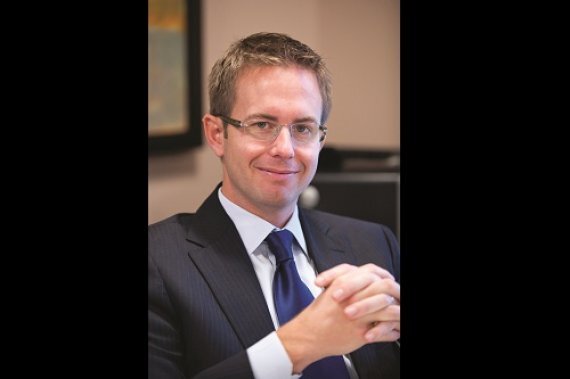
<p>No. 4: Johnathan Beukelman</p>
Firm: UBS
Location: Lincoln, NE
Production: $5.22 million
AUM: $721.69 million
Age: 38
Jonathan Beukelman's clients are mostly people who are in his parents' generation. But on any given day, he's likely to be talking about money with someone his own age, or even a high school student. "Rather than just preparing money for kids, we believe you also have to prepare the kids for the money," he says.
The Lincoln, Neb.-based financial advisor and his team spend 20 hours a week with clients' children to teach them how to make good decisions with money. After getting a clients' blessing, "we dig into the details of how the kids perceive things related to a host of issues, including financial ones," he says.
Beukelman fell in love with financial planningand his future wifeat a college class taught by a former financial advisor. He and his wife received their Series 7 certifications before they graduated from Taylor University and went on to practice afterward. Mrs. Beukelman bowed out when the couple started a family.
Beukelman's career took off when a local executive responded to a cold call by inviting him to his office. The executive explained what Beukelman needed to know to become a good advisor. "He helped me understand the differences between the training program of the firm and the realities of what people deal with," he says. That helped him win the executive as a client (eventually), and it helped him ask better questions of all future clients.
Every year, Beukelman's five-person firm follows a review protocol for each of its 50 client families' portfolios. They spend the first quarter on financial planning, the second quarter on investments, the third on estate planning and the fourth on tax efficiency issues. But service always comes before investment advice. "We make money by sitting down and figuring out what clients need to do to get to their goal with the least amount of risk."
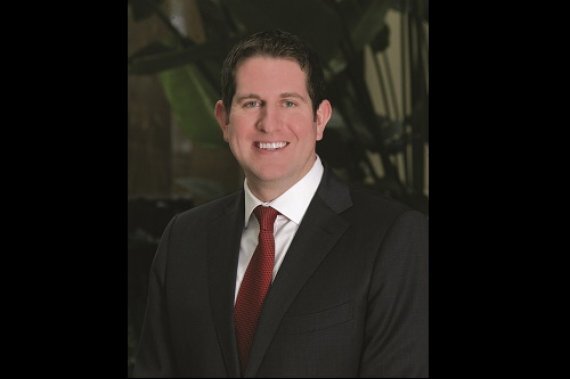
<p>No. 3: Eric Payne</p>
Firm: Merrill Lynch
Location: Carmel, IN
Production: $5.37 million
AUM: $612.72 million
Age: 37
Eric Payne's first client didn't come to him seeking investment advice. Fresh out of college, Payne was working as a CPA with Ernst and Young. The CFO of a large corporate client came in to meet with Payne, peppering him with a barrage of tax questions.
But as the meeting unfolded, Payne began to imagine himself moving beyond the accounting world. "I found myself enjoying our conversations about his family's finances more than auditing his books," he says. Drawn to a more personalized level of service, Payne made the jump to advising, starting out as a sole practitioner, with that CFO coming on board as his first account.
Eventually he would team with Ron Mencias, an old CPA colleague [and a fellow Top 40 Advisor this year], and form what has become a thriving practice catering to high net worth investors in the Indianapolis area, a client base comprised largely of well-heeled business owners and physicians.
Payne believes that his deep understanding of the tax issues that affect his clients, many of whom are retired or are nearing retirement, is a key differentiator that sets his practice apart from other advisors. Clients often come to him seeking advice on how to handle a liquidity event, such as selling a business, in the most tax-advantageous way possible.
"The tax background is key with high income, high net worth people," Payne says. For that clientele, he adds, "it's not what you earn, it's what you get to keep."
Looking back on the past year, Payne's tax expertise was particularly valuable as nervous clients absorbed the headlines coming out of Washington about looming tax changes stemming from the negotiations over the fiscal cliff. And, just as Payne had anticipated, the ultimate deal that Congress and the White House reached raised tax rates for capital gains and dividend income for the top-earning individuals and households, who were also hit with a surcharge on investment income under President Obama's health care law.
Now a 14-year veteran of Merrill, Payne jointly leads a staff that boasts more than 140 years of combined experience with the firm. He believes that a team approach with a deep bench is essential to meeting the needs of affluent clients who are expecting an ever-higher level of service from their advisors.
"We never want to over-promise and under-deliver, so we over-invest in administrative people, over-invest in advisors," he says. "I think it's a continuing trend," Payne adds, "toward larger and more sophisticated advisory teams."
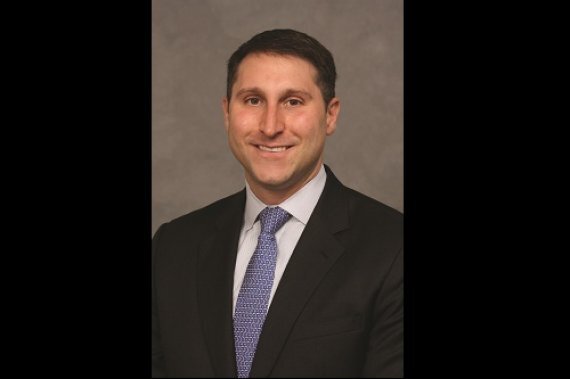
<p>No. 2: Stephen Barrett</p>
Firm: J.P. Morgan Securities
Location: New York, NY
Production: $5.74 million
AUM: $129.96 million
Age: 37
For most people, the bull market would represent unadulterated good news. For Stephen Barrett, it brings big challenges. With stock prices climbing for a fifth year in a row, "trying to keep investors in the equity market" is a tough job, he says.
Barrett says once equity-heavy clients saw their balances rebound to pre-2008 levels, it's been tough talking them out of fleeing the market. "It's as if they were glad to have gotten away from 2008 whole and now wanted to take their preserved money and run," he says. Those considerations meant Barrett had to "learn how to manage relationships" and help clients' thinking "not be clouded" by the short-term macros, such as the federal government shutdown.
Barrett generated more than 50% of his $5.74 million in revenues from transactions. And unlike most of the advisors on this list, he is generating production off of investment ideas and trade execution for clients-some of which are hedge funds-whose assets are custodied outside the firm (which explains his high production/AUM ratio). His total AUM including those assets is $610 million.
Meeting clients' constant needs for attention and ideas energizes Barrett, a confirmed workaholic. Before becoming a financial advisor, Barrett spent five years on the buy-side of the investment banking business. Then, after getting an itch to try retail, he joined Bear Stearns, where he saw the work-style of legendary CEO Alan "Ace" Greenberg. Watching how Greenberg operated, Barrett knew he had found his professional home.
He and his colleagues started work at 5 a.m. Greenberg occupied center stage, a phone attached to each ear, and Barrett, in order to keep pace, clocked only four or five hours a night of sleep. "It was an intense awakening. I loved the action and energy that came each day."
Since those days, Barrett has fine-tuned his investing approach. He once picked stocks using a bottoms-up strategy that focused on a company's fundamentals. But now he starts with the macros and analyzes which sectors will outperform.
Within that framework, he conducts his stock picking. Each member of his team, with five professionals, focuses on a particular sectortechnology, finance, industry and gaming. He has one person on his team assigned as the options specialist and another keeping tabs on the macro-economic picture.
Barrett creates a list each morning at 6 a.m. (when his team starts work) of what he needs to get done. He doesn't stop until each item gets checked off that listand that may mean speaking with foreign clients at 2 am. "My wife may not like that," he says. But Barrett does it because "building trust takes a very long time and you can lose it very quickly."

<p>No. 1: Peter Princi</p>
Firm: Morgan Stanley
Location: Boston, MA
Production: $6.29 million
AUM: $2.35 billion
Age: 37
All young advisors can relate to the difficulties of starting out, whether it's the long hours spent prospecting or trying to earn the trust of wealthy clients. But what separates these top advisors is that they have been able to overcome the second major challenge to their career, the plateau, says this year's #1 top advisor under 40, Peter Princi.
"Everybody can talk about early stages and getting over those initial hurdles of earning trust and becoming a center of influence, and that is the hardest thing you do," says Princi, who makes the Top 40 list for his fifth time. "But you see a lot of business hit a plateau at some point, and it's really hard to get through certain levels of assets and continue that momentum."
For Princi, that moment came just over five years ago. He had built a client base and several hundred million in assets, but between the hours he spent researching the market, doing due diligence on portfolio managers and serving clients, he didn't have any more resources to grow.
Rather than scaling back or settling into his success, Princi raised his asset minimums and started hiring assistants and certified financial planners. His goal was to expand his practice by focusing on offering financial planning services for investors with $2 million or more of investable assets. He delegated the smaller accounts with under $500,000 in assets, many of whom had been with him since the start, to other members of his nine-person team, who continue to provide them with strategies and outlooks. Princi focuses on the ultra-wealthy. "It is very important that every client feels like they are the only client," Princi says.
Princi is lead strategist on his team. Many of the other teammates are in non-producing roles as analysts or estate planners. Princi usually spends about 55 of his 75-hour work week reading, researching and meeting with portfolio managers. He spends the rest of the time speaking to clients and prospects.
Princi's accounts include business executives, business owners, real estate moguls and professional baseball players. (Princi worked with the New York Mets for two years after graduating.)
While uncovering new investment opportunities is a big part of his practice, Princi's team focuses heavily on financial planning and most of his revenue comes from fees charged on assets under management. For example, when a client recently looked to move into a posh retirement community, Princi and his team were not worried so much about where the money would come from, but about how it would change the client's lifestyle.
"We told him it was a great lifestyle move and wouldn't put a dent in how he lives," Princi says. "To hear the excitement in the client's voice is powerful."





